Venice is not a city; it is a miracle. A floating masterpiece woven from water, stone, and centuries of audacious history, it defies logic and ignites the imagination. To step into its labyrinth of canals and alleys is to enter a world where time flows differently, measured not by the ticking of a clock, but by the lapping of water against ancient foundations. For the cultural traveler, Venice is not merely a destination to be seen, but an experience to be absorbed—a complex, fragile, and utterly captivating soul waiting to be discovered beyond the veil of its iconic beauty.
This guide is crafted for who seeks to understand the heart of La Serenissima (The Most Serene Republic). It moves from the unmissable monuments that have defined its skyline to the quiet corners where its authentic pulse can still be felt. This is a blueprint for uncovering both the Venice of legend and the Venice of today.
A legacy on water: why Venice is a must-visit destination
Beyond the immediate allure of its canals, the reasons to visit Venice are as deep and layered as its history. This was never an ordinary city. For over a millennium, it was the capital of a powerful maritime republic, a bridge between East and West. This legacy is etched into its very architecture, a unique blend of Byzantine opulence, Gothic elegance, and Renaissance grandeur.
Visiting Venice is an encounter with human ingenuity. It is a testament to the ambition of a people who built a city on an unstable lagoon, transforming a challenging environment into a source of unparalleled wealth and power. It is also a living museum of art, home to masterpieces by Titian, Veronese, and Tintoretto, and a stage for world-renowned cultural events like the Venice Biennale and the International Film Festival. To visit Venice is to witness a fragile beauty, a city grappling with its own popularity and the forces of nature, making every visit a poignant and precious moment.
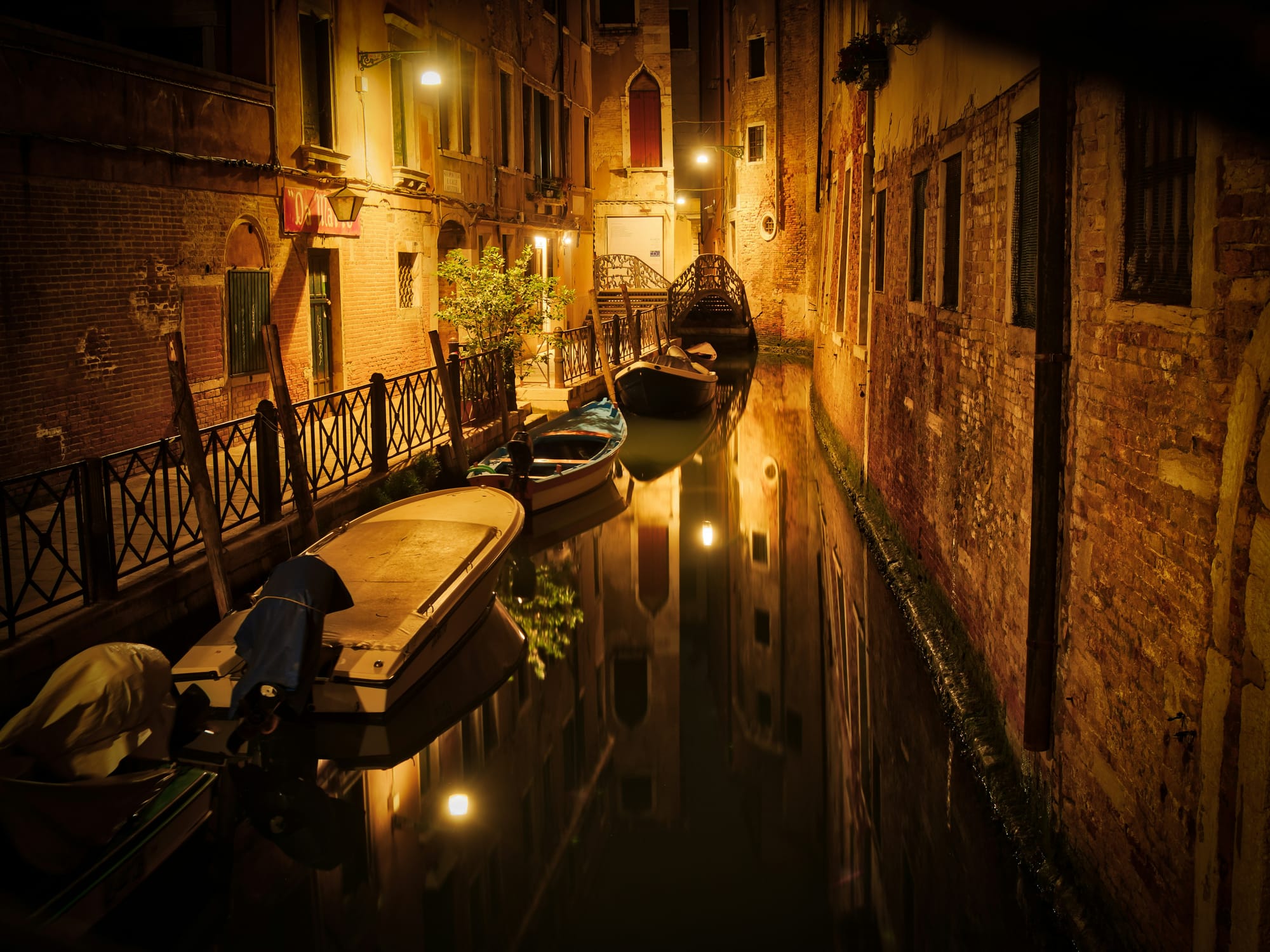
Venice's crown jewels: an essential guide to the city's must-see sights
These are the landmarks that form the collective imagination of Venice. They are essential starting points for understanding the city's scale, power, and artistic genius.
Piazza San Marco (St. Mark's Square)
Napoleon called it "the drawing room of Europe," and the description holds. This is the monumental heart of Venice, the only square designated a "piazza" (the others are "campi"). Flanked by the grandeur of the Basilica, the Campanile, and the Procuratie, the square is a breathtaking architectural ensemble. To experience its magic with fewer crowds, a visit at dawn or late in the evening is highly recommended.
St. Mark's Basilica (Basilica di San Marco)
The spiritual and symbolic center of Venice, this basilica is a jaw-dropping testament to the city's historical ties with the East. Its design is a masterpiece of Italo-Byzantine architecture, with a Greek cross layout and five massive domes. The interior is famously adorned with over 8,000 square meters of shimmering gold mosaics, depicting biblical stories and saints. Booking tickets online is essential to bypass the notoriously long queues.
Doge's Palace (Palazzo Ducale)
Adjacent to the Basilica, the Palazzo Ducale was the seat of Venetian government for centuries. It was the residence of the Doge, the supreme authority of the Republic. A tour through its lavish chambers, including the grand Council Hall, reveals the immense power and wealth of the Venetian state. The "Secret Itineraries" tour offers a fascinating glimpse into the less public side of the palace, including administrative offices, torture chambers, and the prison cells.
Bridge of Sighs (Ponte dei Sospiri)
Connected to the Doge's Palace, this enclosed limestone bridge has a story more somber than its romantic reputation suggests. It spans the Rio di Palazzo, connecting the interrogation rooms in the palace to the New Prison. The "sighs" were those of convicted prisoners catching their last, fleeting glimpse of beautiful Venice before their incarceration.
Rialto Bridge (Ponte di Rialto)
For centuries, this was the only bridge spanning the Grand Canal and the commercial epicenter of the city. An elegant, single-span stone arch, the Ponte di Rialto is an architectural marvel. The bustling atmosphere of the shops lining its ramps and the adjacent Rialto Market, a vibrant food market that has been active for nearly a millennium, offers a vivid taste of Venetian life.
The Grand Canal (Canal Grande)
The main artery of Venice, the Grand Canal snakes its way through the city in a reverse S-shape. It is lined with more than 170 magnificent buildings, from Gothic palazzi to Renaissance facades. The best way to appreciate its splendor is from the water. A slow journey on the Vaporetto (public water bus) Line 1 provides a comprehensive tour, while a classic gondola ride offers a more intimate, albeit tourist-focused, perspective.
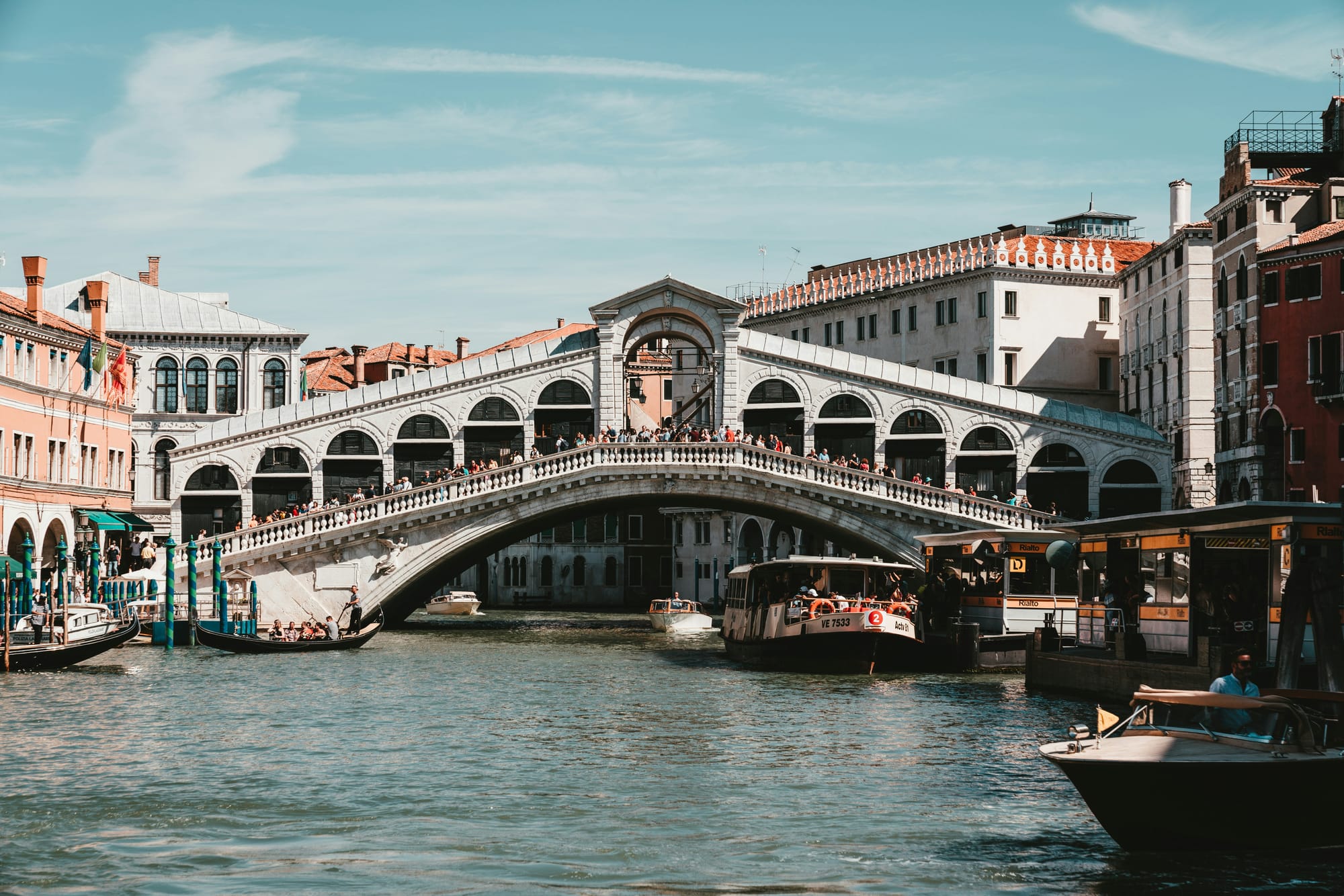
The soul of the city: finding authentic Venice beyond the tourist map
To truly discover the soul of Venice, one must venture beyond the San Marco-Rialto axis. The city is divided into six districts, or sestieri, each with its own distinct character.
Cannaregio: the authentic residential quarter
In the northern part of the city, this district offers a more local, residential feel. It is home to the historic Jewish Ghetto, the first of its kind in the world, established in 1516. Its quiet canals, authentic artisan workshops, and laid-back bacari (wine bars) provide a welcome respite from the crowds.
Dorsoduro: the artistic heart of Venice
The "hard ridge" of Venice, this sestiere is known for its stable ground and artistic atmosphere. It hosts the Peggy Guggenheim Collection, one of Europe's foremost modern art museums, and the Gallerie dell'Accademia. The long, sunny promenade of the Zattere, facing the Giudecca Canal, is perfect for a leisurely stroll. Here, one can also find the Squero di San Trovaso, one of the few remaining boatyards where gondolas are still built and repaired.
Castello: A Glimpse into Local Life
The largest sestiere, Castello stretches from the city center to its eastern edge. The area near San Marco is busy, but as one walks east, it becomes increasingly tranquil and residential. It contains the Arsenale, the vast, historic shipyard that was the source of Venice's naval might, and the Giardini, the main venue for the Venice Biennale.
Exploring the Lagoon Islands: Murano, Burano, and Torcello
A trip to Venice is incomplete without exploring its lagoon.
- Murano: World-famous for its glass-making tradition dating back to 1291. Seek out authentic, working furnaces to witness master glassblowers in action.
- Burano: An impossibly picturesque fishing village, known for its brightly colored houses and a centuries-old tradition of intricate lacemaking.
- Torcello: The cradle of Venetian civilization. Largely abandoned today, it offers a haunting sense of Venice's ancient origins, with its 7th-century Cathedral of Santa Maria Assunta containing stunning Byzantine mosaics.
To learn more about gondola tours through the canals of Venice, read this guide, which contains all the useful and necessary information.
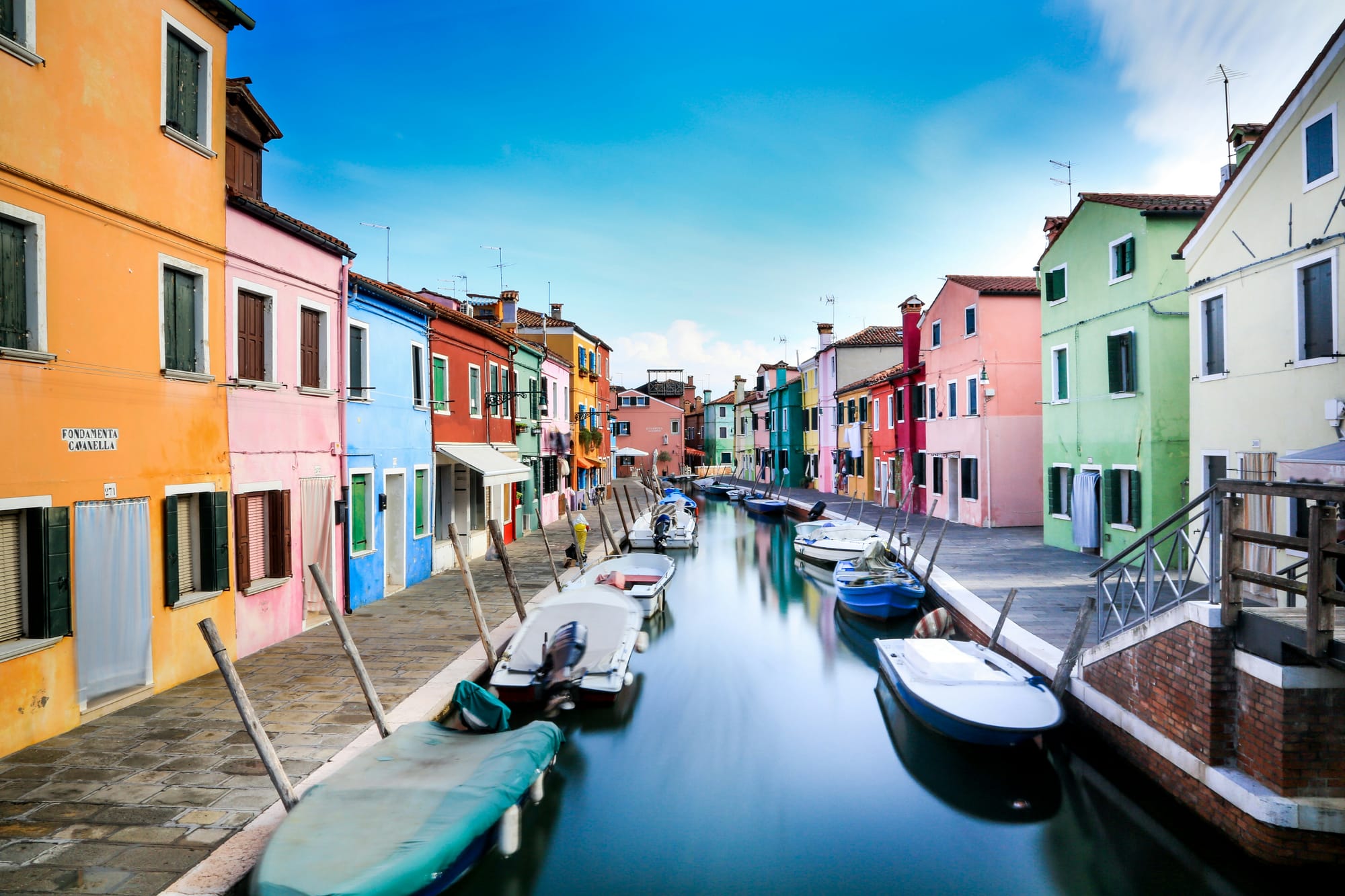
Savoring Venice: an insider's guide to Venetian cuisine and dining
Venetian food is born from its unique geography—a cuisine of the sea and the lagoon, influenced by centuries of trade.
Understanding the Venetian menu: key dishes to try
The structure is classic Italian (antipasto, primo, secondo), but the ingredients are distinctly Venetian.
- Antipasti: Look for sarde in saor (sweet and sour sardines with onions, pine nuts, and raisins) and baccalà mantecato (creamed dried cod), typically served on grilled polenta.
- Primi: Risotto al nero di seppia (risotto with cuttlefish ink), bigoli in salsa (a whole-wheat pasta with an anchovy and onion sauce), and risotto di gò (a delicate risotto made with goby fish from the lagoon).
- Secondi: Fegato alla veneziana (Venetian-style calf's liver with onions) and a vast array of fresh grilled fish (pesce alla griglia).
The art of cicchetti and the "giro d'ombre"
The most authentic Venetian dining experience is the giro d'ombre, or bacaro crawl. Bacari are small, traditional wine bars where locals gather for a small glass of wine (un'ombra) and some cicchetti—small snacks or side dishes, similar to Spanish tapas. This is the heart of Venetian social life.
Essential Venetian dining etiquette and tips
- Coperto: Most restaurants charge a cover fee per person, which includes bread. It is not a tip.
- Reservations: For dinner at reputable restaurants, reservations are highly recommended.
- Seafood Focus: The best culinary experiences in Venice revolve around fresh seafood from the lagoon and the Adriatic.
- Coffee: Coffee is typically drunk standing at the bar (al banco). Sitting at a table, especially in a major square, will cost significantly more.
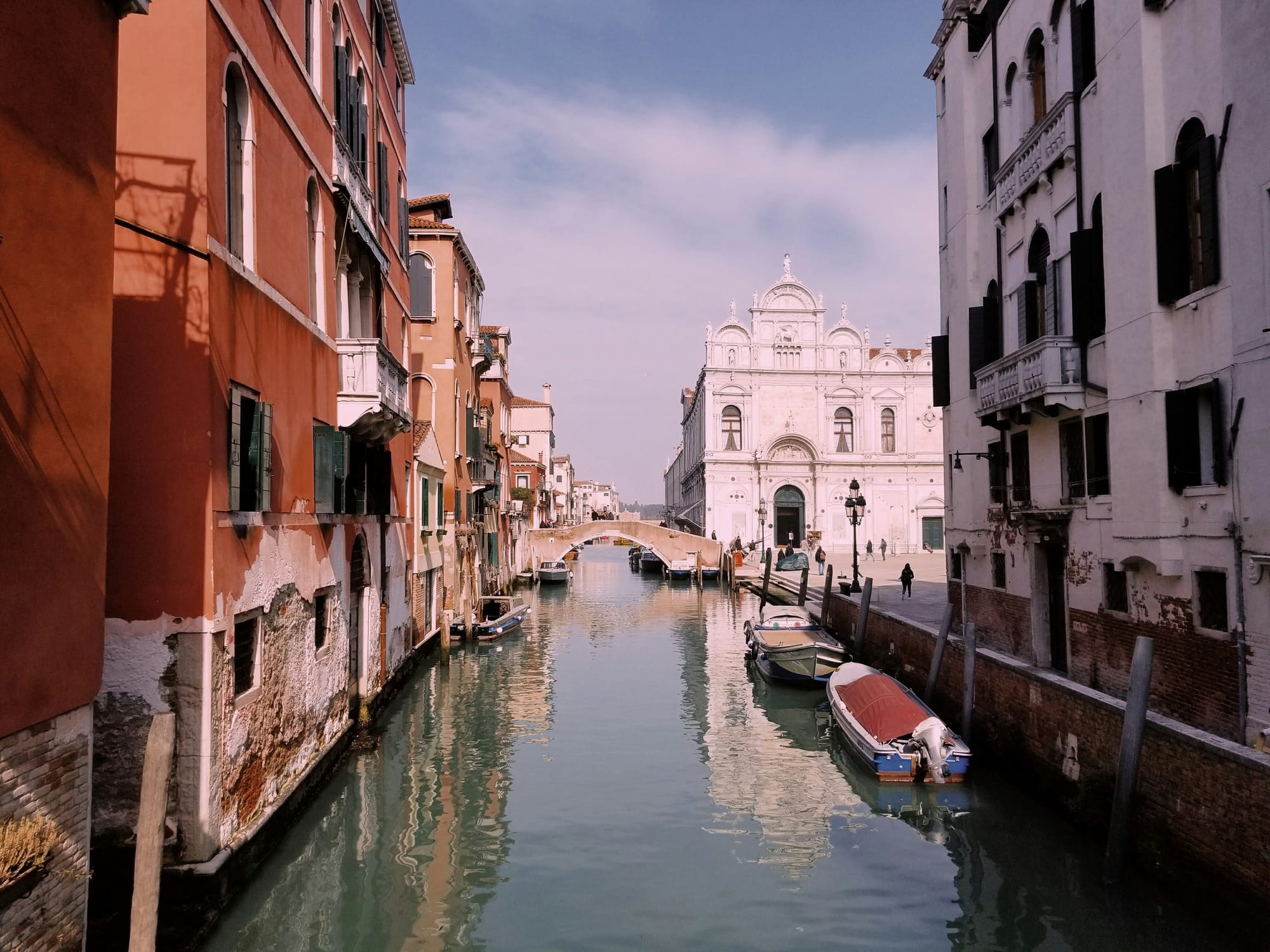
Crafting your venetian journey: a 3 and 5-day itinerary for first-time visitors
The 3-day classic & cultural deep dive
- Day 1: The icons of power. Focus on the Piazza San Marco area. Visit the Doge's Palace (book the Secret Itineraries tour), St. Mark's Basilica (book in advance), and ascend the Campanile for panoramic views. In the afternoon, explore the Rialto Bridge and its market.
- Day 2: Art and atmosphere. Spend the morning in Dorsoduro, visiting the Peggy Guggenheim Collection or the Accademia. Walk along the Zattere and cross a canal on a traghetto. In the afternoon, get lost in Cannaregio and explore the historic Jewish Ghetto.
- Day 3: The colors of the lagoon. Take a vaporetto to the islands. Witness glassblowing in Murano, photograph the vibrant houses of Burano, and find tranquility in ancient Torcello.
The 5-Day Immersive Journey
This itinerary includes the 3-day plan with two additional days for deeper exploration.
- Day 4: The local's Venice. Explore the vast Castello sestiere, from the grounds of the Arsenale to the quiet, green spaces of the Giardini. Visit a lesser-known church with a Tintoretto or Bellini masterpiece. Consider an artisan workshop visit.
- Day 5: Lido and reflection. Take a short boat ride to the Lido, Venice's beach island. Rent a bicycle and explore its elegant Art Nouveau architecture. Spend the final evening enjoying a farewell giro d'ombre in a quiet neighborhood.
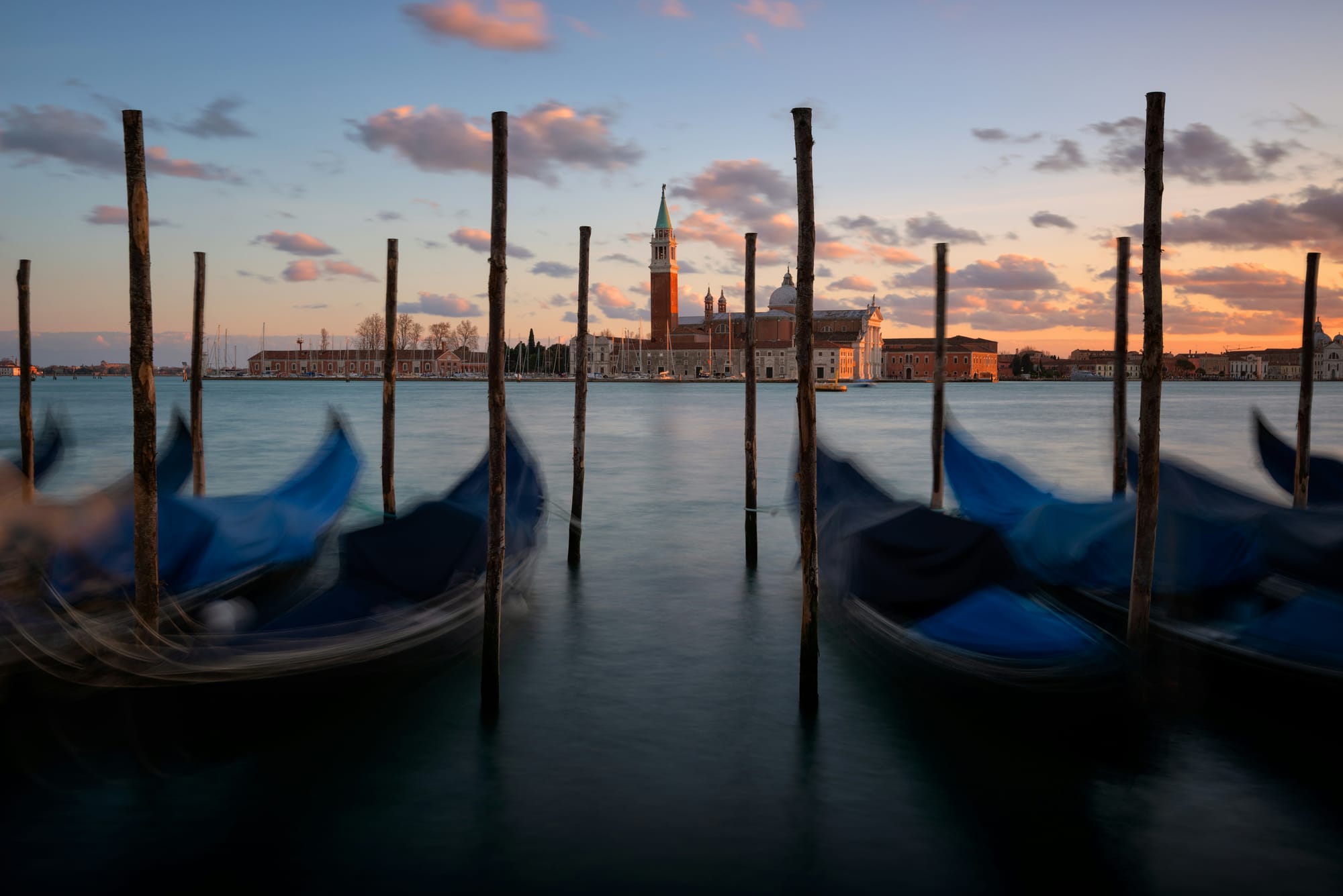
Before you go: the essential Venice travel planner
The best time to visit Venice
The shoulder seasons of spring (April-May) and fall (September-October) offer the best balance of pleasant weather and manageable crowds. Summer (June-August) is hot, humid, and extremely crowded. Winter can be magical and atmospheric, with fewer tourists, but it is also the season for acqua alta (high water), when parts of the city can flood.
Getting to and around Venice: a guide to vaporetto and more
- Arrival: Most international flights land at Marco Polo Airport (VCE). From there, the Alilaguna water bus is the most scenic way to reach the city center. The Santa Lucia train station delivers visitors directly into the heart of the Venetian experience.
- Navigation: Venice is a city for walking. Comfortable shoes are non-negotiable. For longer distances, the Vaporetto water bus system is efficient. Purchasing a multi-day pass (24h, 48h, etc.) is the most economical option for frequent use. Getting lost is not a risk; it is an integral and joyful part of the Venetian experience.
Where to stay in Venice: choosing the right sestiere
The choice of sestiere can define a trip.
- San Marco: Central and close to the main attractions, but also the most crowded and expensive.
- Dorsoduro & San Polo: Offer a great balance of art, charm, and excellent restaurants, with a slightly more relaxed feel.
- Cannaregio & Castello: Ideal for those seeking a more authentic, residential experience away from the main tourist flows.
Key Venice Travel Tips
- Bookings: Accommodations and tickets for major attractions like the Doge's Palace and St. Mark's Basilica should be booked well in advance, especially during peak season.
- Venice Access Fee: Be aware of the city's Contributo di Accesso (Access Fee), which applies to day-trippers on specific high-traffic days. Check the official city website for the latest regulations and to pay the fee if required.
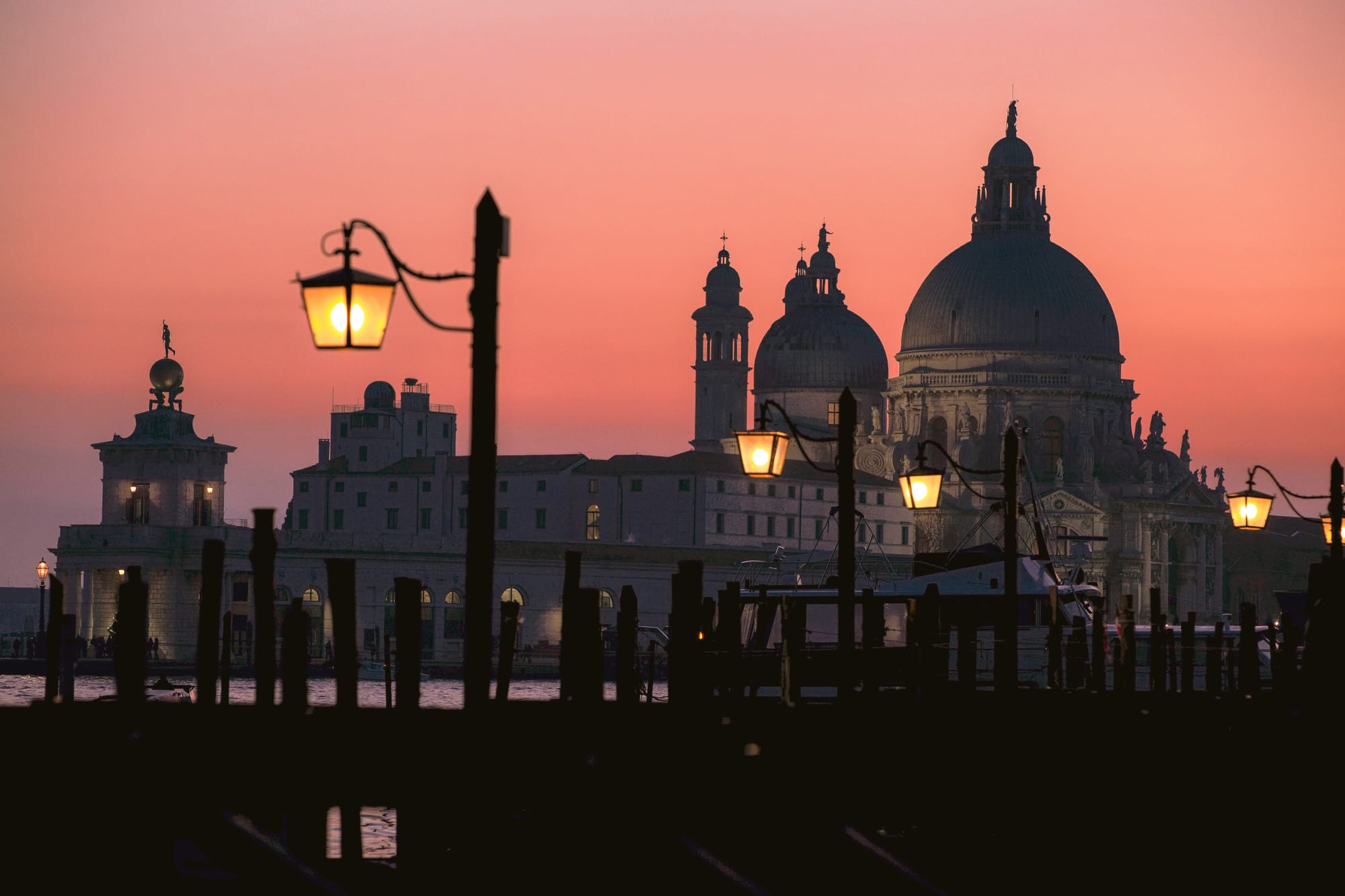
Venice is a destination that rewards curiosity. It asks its visitors to slow down, to look beyond the dazzling facades, and to listen to the stories told by its stones and its water. By embracing its iconic grandeur and daring to wander into its quieter, more soulful corners, the discerning traveler will find what they seek: not just a beautiful city, but a profound and unforgettable encounter with one of the world's truly unique places. See the icons, but stay to discover the soul.
Read all our articles dedicated to the Serenissima to find out more about Venice.








